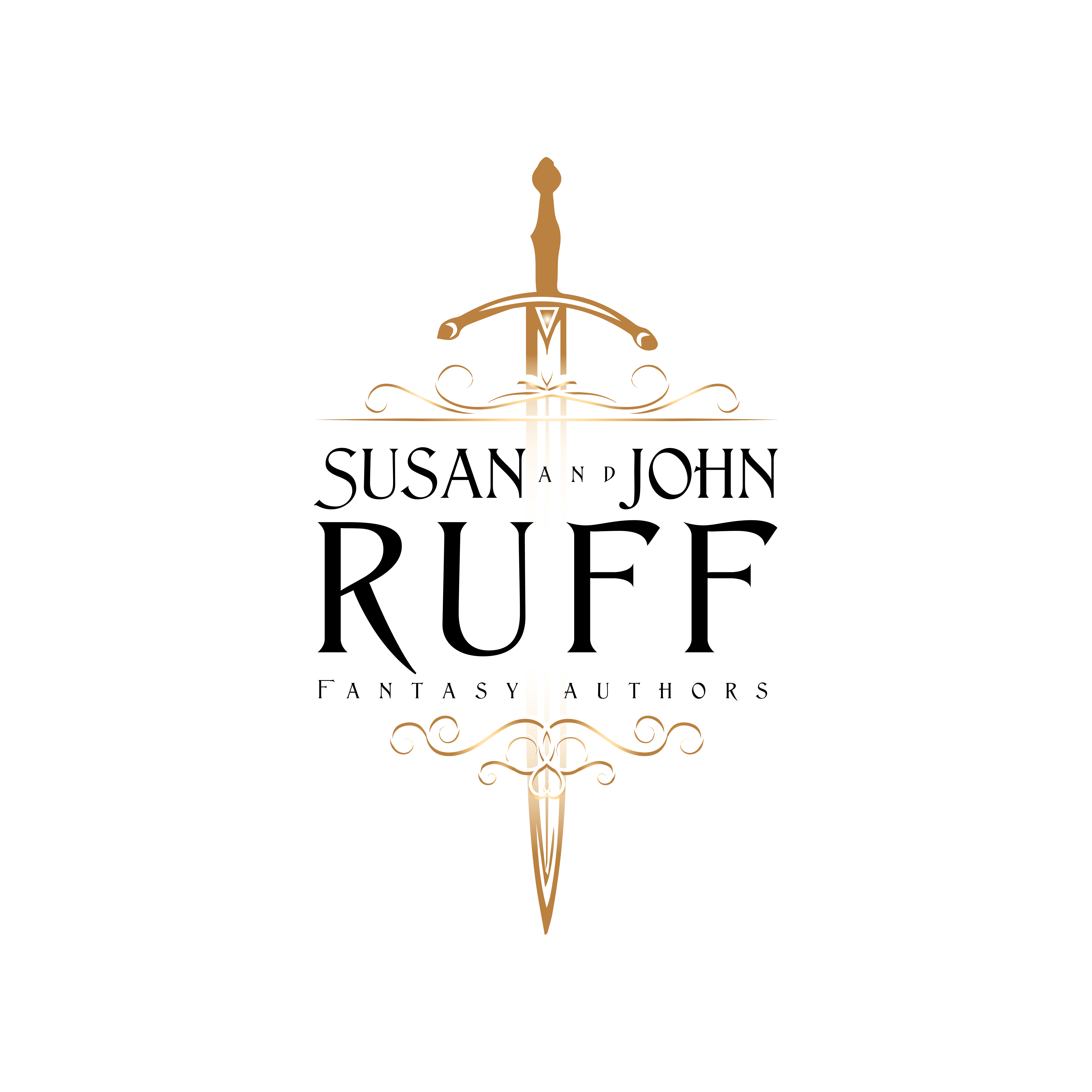Ever since John and I published 60th Hour a year ago, I have been learning about the marketing and writing strategies employed by successful Indy authors. (Yes, I should have learned about those strategies before we published, but back then I didn’t even know what I needed to know. And I probably still don’t know.)
From what I have learned, one of the most important tools for successful fantasy authors is the sequel. If fans like the characters and universe you created, they will want to go back there again for a second book. I totally understand this — back in my college days when we were waiting for the Silmarillion to be published, I would buy and read anything that involved Tolkien or Middle Earth. I almost bought The Screwtape Letters just because the book was dedicated to Tolkien.
Sequels also provide opportunities for direct marketing. One consistent piece of advice I’ve heard from successful Indy authors is this: use your first book to sell your second. For example, if you have a sequel to your initial story, you can run a promotion in which you give your first book away for free. People who read the free book may enjoy it enough to be willing to pay for the sequel.
However, sequels can be problematic. As a reader and movie fan, I’ve been burned by sequels which destroy the happy ending of the original story. I’ve also read sequels that trashed the characters from the first book to the point where they were no longer people I cared about.
Sequels can also be disappointing. After waiting all that time for the Silmarillion, I was dissatisfied when I finally read it. Yes, I am fully aware that the Silmarillion was never intended to be a sequel to the Lord of the Rings, nor was it marketed as one. As a fan, however, I wanted a book similar to LOTR in composition, storytelling, and tone. What I got did not meet my expectations. In the years since then, I have come to appreciate the Silmarillion for what it is, but at the time I was vastly disappointed.
On the other hand, I have read sequels that were as good as or even better than the first book. While I enjoyed Anne McCaffrey’s Dragonflight, I was totally engrossed with the sequel Dragonquest. I read the last third of the latter book in one sitting because I didn’t want to stop reading to do anything else.
There are many different types of sequels, but for the moment, I want to focus on one specific type: a sequel to a heroic fantasy novel in which the first book tells a complete story with a happy ending and no cliff-hangers. If an author wants to write a sequel involving the same characters, are there ways to do that without destroying the happy ending of the first book?
In my opinion, the writer must walk a fine line to do so. The author needs to develop new conflicts to challenge the characters and let the characters grow without destroying those characters. Ideally, the plot in the sequel should flow logically from what happened in the first book, but not unravel the happy ending of the first book or take away the gains made by the characters. In addition, the new threat the characters face should not just be a rehash of the old threat. Continuing villains are ok to a point, but can quickly become monotonous. (Did we really need another Death Star?)
Of course, it’s easy to say all these things as a reader, but now I have to put them into practice as a writer. As I continue working on the second draft of Prophecy’s Malignant Son, John and I are also looking at possible plotlines for the sequel to that story. I know what I have seen work well and not-so-well in the past, but can John and I put that knowledge to use in our next book? (And the two of us don’t necessarily agree on what constitutes a good sequel, which makes our current exercise in co-authoring even more fun.)
Anyway, talk to you next Friday. In the meantime, if you are going to sequel, make sure that you always do so responsibly!
Susan 4/2/2021

Leave a comment